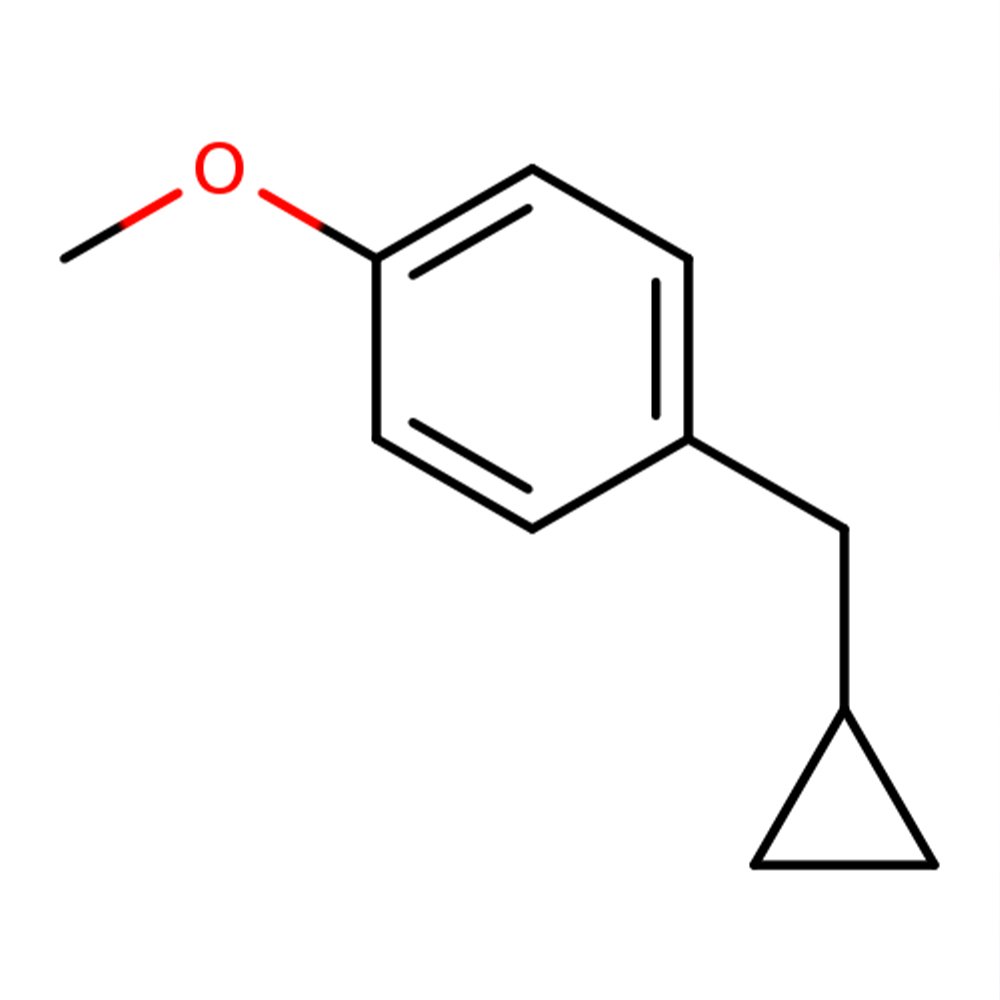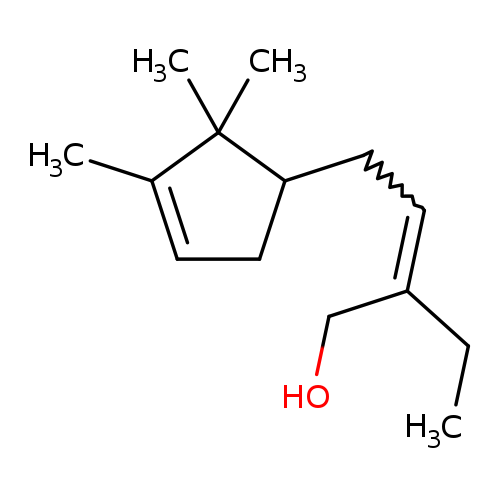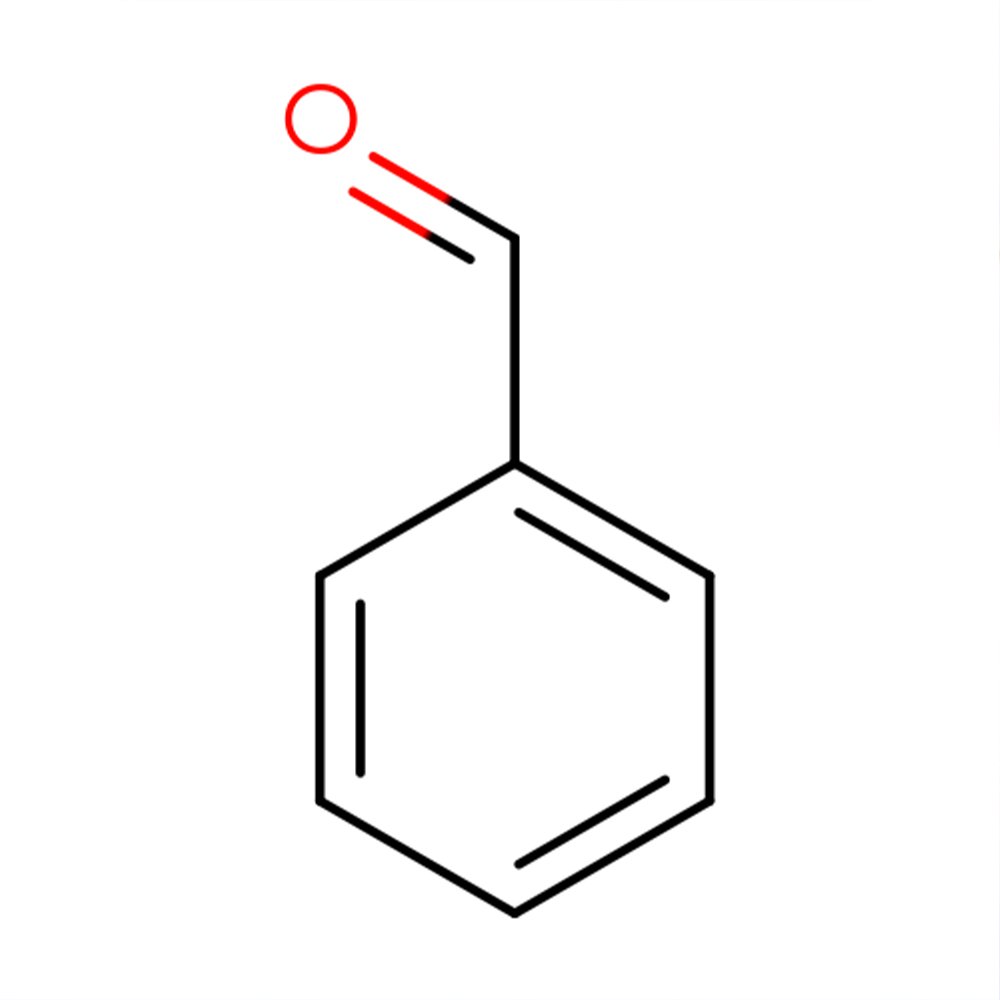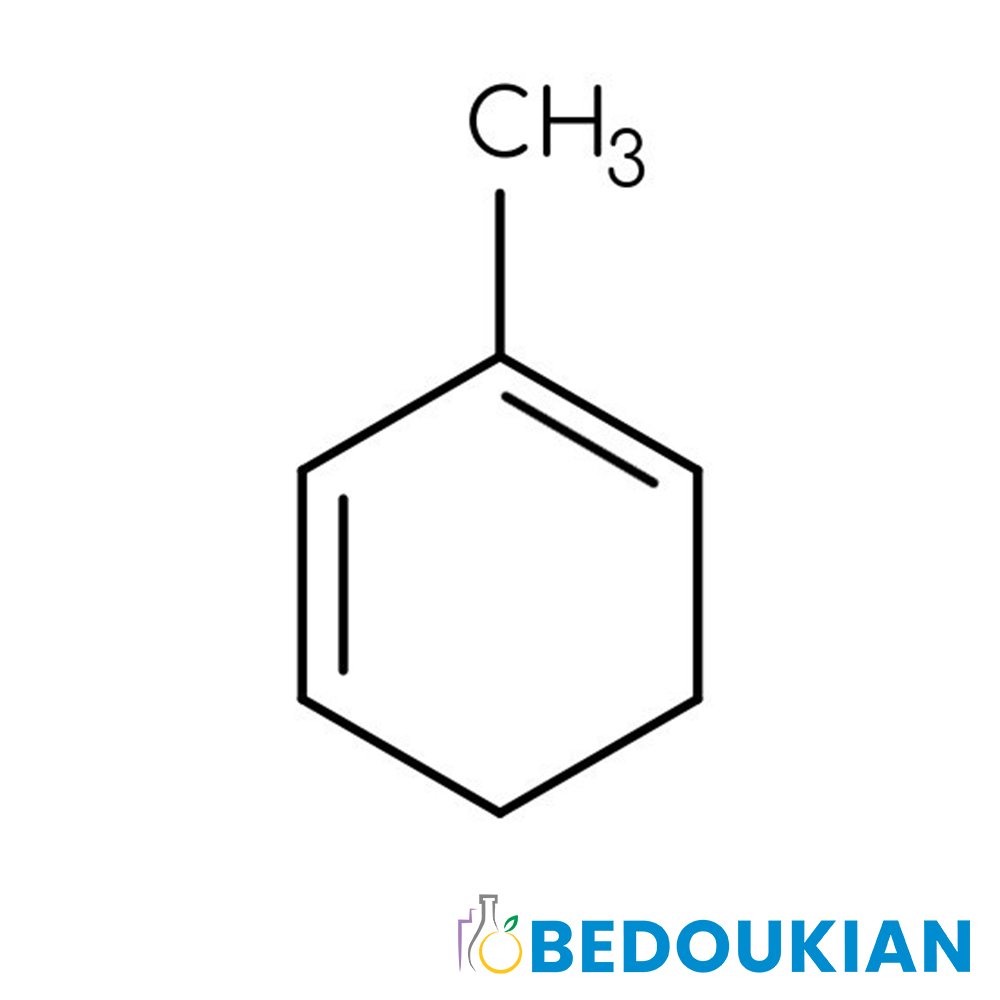Toscanol
Premium Synthetic Ingredient for Perfumery
Toscanol (CAS 16510-27-3) is a synthetic anisic ingredient developed by Givaudan to replace estragole (methyl chavicol) and other restricted materials such as safrole in fine fragrance and consumer product formulations. It exhibits a strong, sweet-spicy character evocative of root beer, black licorice, and aniseed herbs. Known for its high stability, long-lasting projection, and distinctive herbal profile, Toscanol offers a potent and regulatory-compliant alternative for aromatic and anisic accords.
It appears as a colorless, clear liquid and is especially valued for its versatility in aromatic, fougère, and gourmand constructions, enhancing both top and heart notes with agrestic brightness and tenacious anisic warmth.
Premium Synthetic Ingredient for Perfumery
Toscanol (CAS 16510-27-3) is a synthetic anisic ingredient developed by Givaudan to replace estragole (methyl chavicol) and other restricted materials such as safrole in fine fragrance and consumer product formulations. It exhibits a strong, sweet-spicy character evocative of root beer, black licorice, and aniseed herbs. Known for its high stability, long-lasting projection, and distinctive herbal profile, Toscanol offers a potent and regulatory-compliant alternative for aromatic and anisic accords.
It appears as a colorless, clear liquid and is especially valued for its versatility in aromatic, fougère, and gourmand constructions, enhancing both top and heart notes with agrestic brightness and tenacious anisic warmth.
Premium Synthetic Ingredient for Perfumery
Toscanol (CAS 16510-27-3) is a synthetic anisic ingredient developed by Givaudan to replace estragole (methyl chavicol) and other restricted materials such as safrole in fine fragrance and consumer product formulations. It exhibits a strong, sweet-spicy character evocative of root beer, black licorice, and aniseed herbs. Known for its high stability, long-lasting projection, and distinctive herbal profile, Toscanol offers a potent and regulatory-compliant alternative for aromatic and anisic accords.
It appears as a colorless, clear liquid and is especially valued for its versatility in aromatic, fougère, and gourmand constructions, enhancing both top and heart notes with agrestic brightness and tenacious anisic warmth.
Synthetic Ingredient Overview
🏭 Manufacturer: Givaudan
🔎 Chemical Name: 1-(Cyclopropylmethyl)-4-methoxybenzene
🧪 Synonyms: Toscanol
🧬 Chemical Formula: C₁₁H₁₄O
📂 CAS N°: 16510-27-3
📘 FEMA: Not assigned
⚖️ MW: 162.23 g/mol
📝 Odor Type: Anisic
📈 Odor Strength: Medium
👃🏼 Odor Profile: Anisic, green, herbaceous, liqueur-like. Powerful estragole character with notes of licorice, saffron, myrtle, opopanax, and caraway.
⚗️ Uses: Modifier and anisic booster for herbal, spicy, gourmand, and fougère fragrances
🧴 Appearance: Clear, colorless liquid
What is Toscanol?
Toscanol is a synthetic aromatic ether designed to replicate the sweet, herbaceous intensity of methyl chavicol (estragole) and safrole—two naturally derived compounds subject to tight regulatory constraints. Its core structure includes a methoxy-substituted benzene ring, contributing to its stable anisic profile and prolonged drydown. It is particularly useful where safety limitations prohibit the use of essential oils such as tarragon or basil, offering perfumers a robust and persistent alternative for aromatic enhancement.
Created by Givaudan, Toscanol is formulated to support diffusion, extend longevity, and provide consistent olfactory impact across media types, including soaps and candles. Unlike natural estragole, Toscanol is not metabolized into genotoxic byproducts, making it suitable for modern regulatory environments.
Olfactory Profile & Perfumery Applications
Toscanol delivers a linear anisic aroma with agrestic, liqueur-like sweetness and subtle green nuances. Its complexity supports a wide range of olfactory themes, including:
Herbal-aromatic top notes (modifying lavender, rosemary, thyme)
Licorice-themed gourmand fragrances
Balsamic-spicy blends (e.g., saffron, caraway, opopanax)
Fougere compositions (blends with coumarin, lavender, oakmoss)
Creative uses include:
Substituting restricted materials such as estragole and safrole
Reinforcing tarragon and basil tonalities
Adding spicy lift to orientals and dry fougères
Bridging between spicy and sweet-anisic elements in both naturalistic and stylized compositions
Recommended usage level:
Up to 5% in concentrate for strong anisic profiles
Max. 20 ppm in alcoholic beverages (where applicable)
Its persistence on blotter (up to 48 hours) and ability to maintain anisic clarity without becoming harsh or soapy ensures its usefulness in both fine fragrance and functional perfumery.
Industrial & Technical Uses
Toscanol is suitable for a variety of applications:
Fine fragrances (aromatic, gourmand, anisic accords)
Soaps, candles, and air fresheners (good thermal and pH stability)
Herbal or anise-based oral hygiene products (under regulatory review)
Flavored compositions (within allowed ppm levels; mostly limited due to intense character)
Its function as a safer alternative to more restricted aromatics makes it a key tool for formulators navigating modern safety standards.
Regulatory & Safety Overview
IFRA: Not restricted under the 51st Amendment
EU Allergen Listing: Not listed among 26 declarable allergens
FEMA GRAS: No FEMA number; not used broadly in food applications
ECHA Classification: Not classified as hazardous under CLP
Phototoxicity/Sensitization: No data indicating dermal sensitization at standard levels
Stability: Excellent in soaps, candles, and alcoholic systems
Use within standard perfumery concentrations is considered safe. Always confirm with the latest IFRA and supplier-specific SDS data.
Additional Information
Historical Note:
Toscanol was developed in response to increased regulatory scrutiny over natural estragole and safrole, both flagged for genotoxic or carcinogenic potential in certain uses. Its creation by Givaudan reflects a broader industry trend towards structurally refined alternatives that preserve the desired olfactory effect while improving toxicological and regulatory profiles.
Performance Attributes:
Maintains anisic identity without discoloration or instability
Effective in both volatile top and stable heart registers
Diffusive yet controllable in concentration
Sources
Givaudan Ingredient Documentation
National Center for Biotechnology Information (PubChem Compound CID 11013)
Arctander’s Perfume and Flavor Chemicals
EU Cosmetic Regulation (EC) No 1223/2009
ResearchGate and scientific literature on aromatic ethers and anisic compounds






